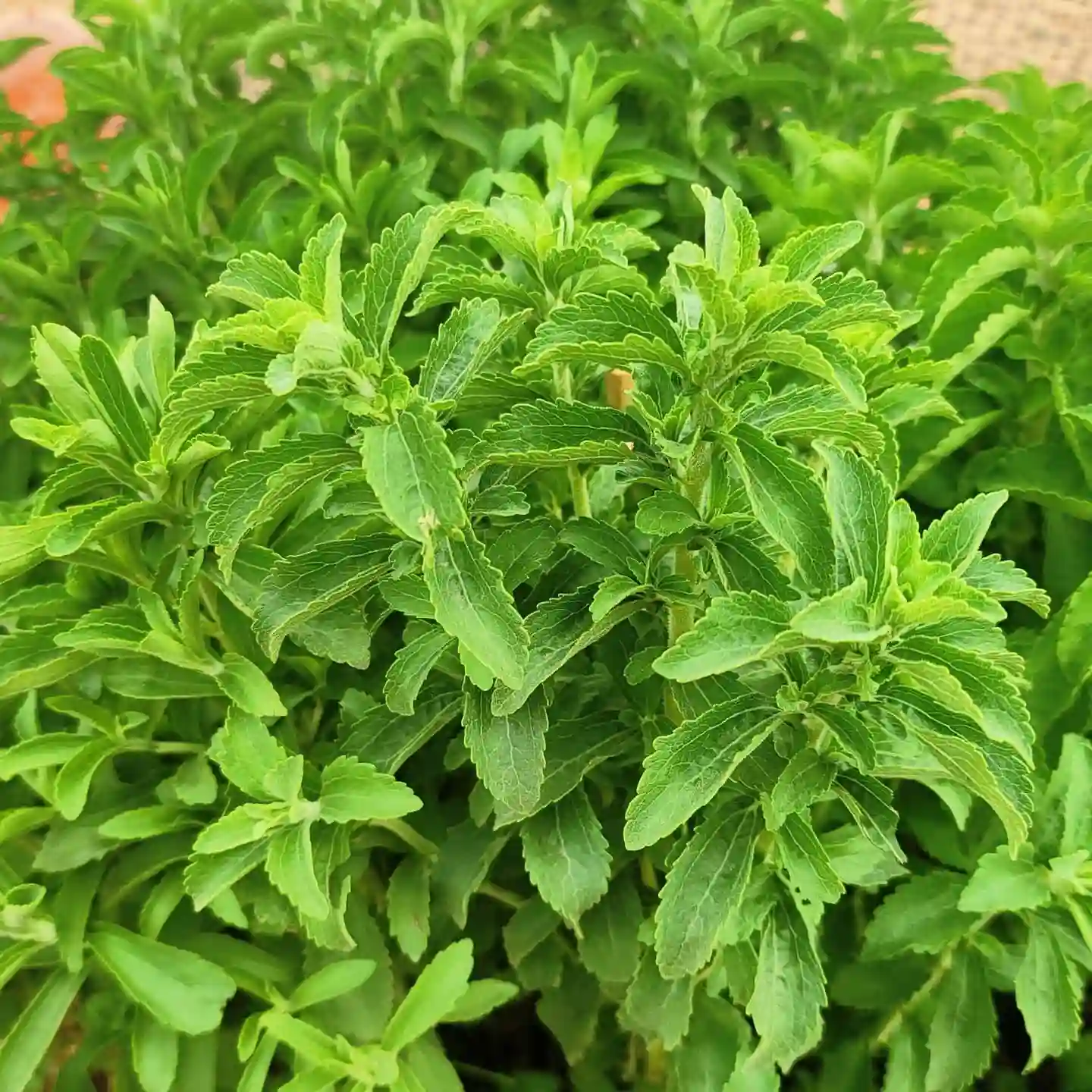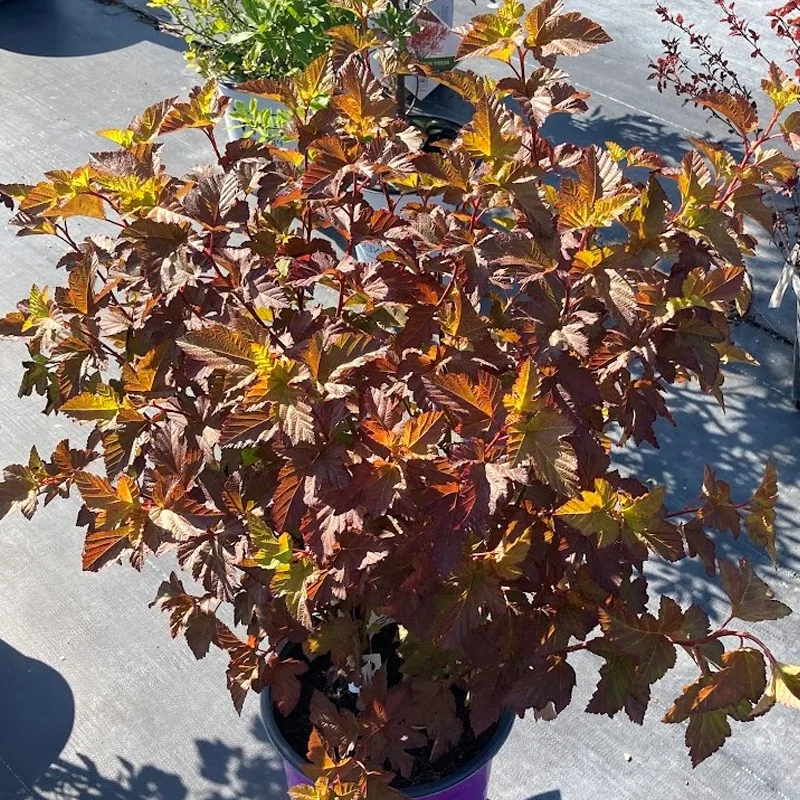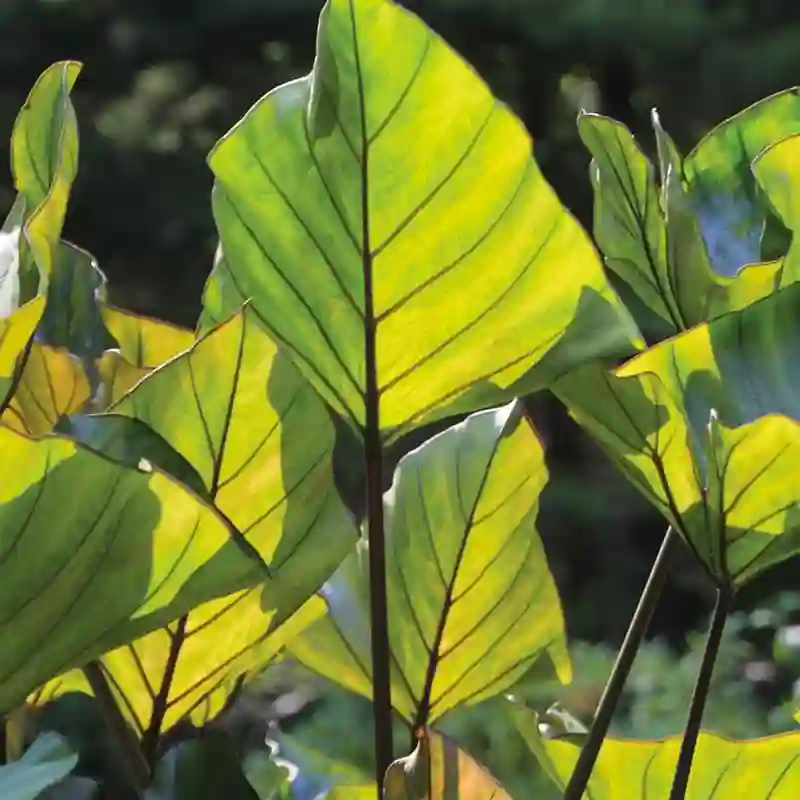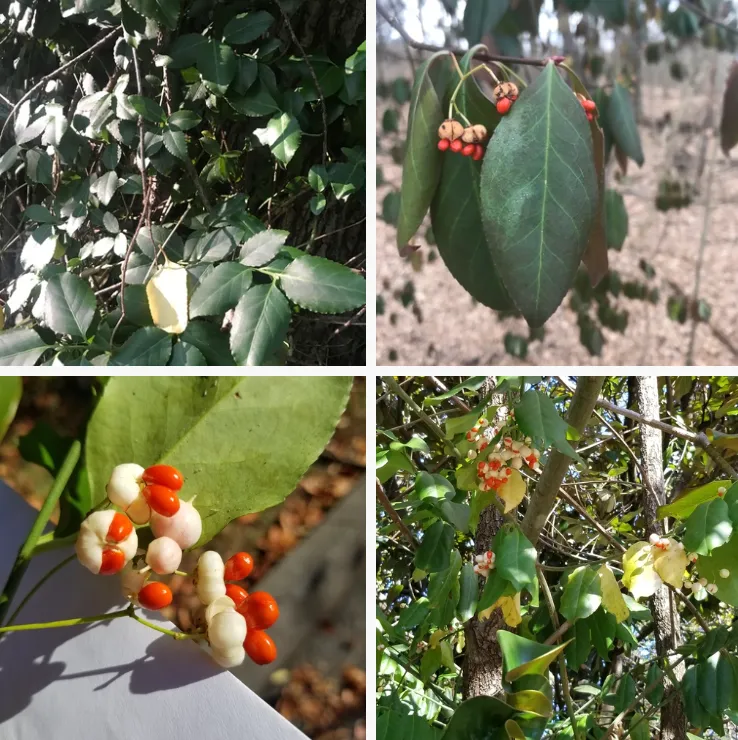My Fascination with the Mayapple and its Relatives: Exploring the Podophyllum Genus
As a botanist, I’ve always been drawn to the unique and intriguing world of plants. One genus that has particularly captured my attention is Podophyllum, more commonly known as the mayapple or mandrake. This fascinating group of plants, belonging to the Berberidaceae family, boasts a rich history of medicinal use and ecological significance.
My first encounter with a mayapple was during a childhood hike in the woodlands of North America. I was immediately struck by its unusual umbrella-like leaves and the solitary, white flower hiding beneath. Later, I learned about its intriguing life cycle and the potent medicinal properties hidden within its roots and rhizomes. This sparked a lifelong fascination with the Podophyllum genus and its diverse members.
A Closer Look at the Podophyllum Species
The Podophyllum genus comprises several species, each with its own unique characteristics and distribution. While some sources have historically debated the exact classification, leading to the transfer of certain species to genera like Dysosma and Sinopodophyllum, current consensus recognizes these as synonyms of Podophyllum. This makes for a more inclusive and comprehensive understanding of this fascinating plant group.
Here are species within the Podophyllum genus:
- Podophyllum peltatum: This is the most well-known species, commonly called the mayapple. It’s native to North America and is recognizable by its large, lobed leaves and single white flower that develops into a fleshy, yellow fruit. Plant FAQs: Mayapple – Podophyllum Peltatum
- Podophyllum hexandrum: Also known as the Himalayan mayapple, this species is native to the Himalayas and produces attractive, red-tinged flowers followed by bright red fruits. It’s often cultivated as an ornamental plant.
- Podophyllum pleianthum: This Chinese species is distinguished by its multiple, deep red flowers that bloom beneath the leaves. Plant FAQs: Podophyllum Pleianthum
- Podophyllum delavayi: Another Chinese species, it features striking, maroon flowers and is often grown for its ornamental value.
- Podophyllum aurantiocaule Hand.-Mazz.
- Podophyllum cymosum (Michx.) Christenh. & Byng
- Podophyllum difforme Hemsl. & E.H.Wilson
- Podophyllum emeiense (J.L.Wu & P.Zhuang) J.M.H.Shaw
- Podophyllum glaucescens J.M.H.Shaw
- Podophyllum grayi (F.Schmidt) Christenh. & Byng
- Podophyllum guangxiense (Y.S.Wang) J.M.H.Shaw
- Podophyllum hemsleyi J.M.H.Shaw & Stearn
- Podophyllum majoense Gagnep.
- Podophyllum sinense (H.L.Li) Christenh. & Byng
- Podophyllum trilobulum J.M.H.Shaw
- Podophyllum tsayuense (T.S.Ying) Christenh. & Byng
- Podophyllum versipelle Hance
The Medicinal and Cultural Significance of Podophyllum
Beyond their botanical interest, Podophyllum species have played a significant role in traditional medicine and cultural practices across different regions.
For centuries, various parts of Podophyllum plants, particularly the rhizomes and roots, have been utilized for their medicinal properties. They contain podophyllotoxin, a potent compound with anti-viral and anti-tumor activity. This has led to the development of pharmaceutical drugs used in the treatment of certain cancers and genital warts.
In traditional medicine, Podophyllum extracts have been employed to treat a range of ailments, including skin conditions, digestive issues, and even as a purgative. However, it’s crucial to remember that these plants contain powerful compounds and should only be used under the guidance of a qualified healthcare professional.
Beyond their medicinal applications, Podophyllum plants also hold cultural significance in certain regions. In some Native American cultures, the mayapple was used in ceremonies and rituals. Its unique appearance and potent properties likely contributed to its symbolic value.
Conservation and Future Research
Despite their resilience, some Podophyllum species face threats due to habitat loss and over-harvesting for medicinal purposes. Conservation efforts are crucial to ensure the continued survival of these valuable plants. This includes protecting their natural habitats and promoting sustainable harvesting practices.
Furthermore, ongoing research continues to explore the therapeutic potential of Podophyllum compounds. Scientists are investigating their efficacy in treating various cancers and viral infections. This research holds promise for the development of new and improved medicines derived from these fascinating plants.
As I continue my journey as a botanist, I remain captivated by the Podophyllum genus. Its unique morphology, medicinal properties, and cultural significance make it a truly remarkable group of plants. I am eager to witness the future discoveries and applications that emerge from the ongoing research on these fascinating species.
If i die, water my plants!



